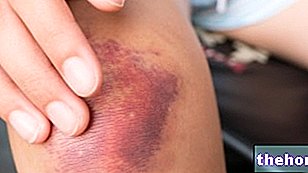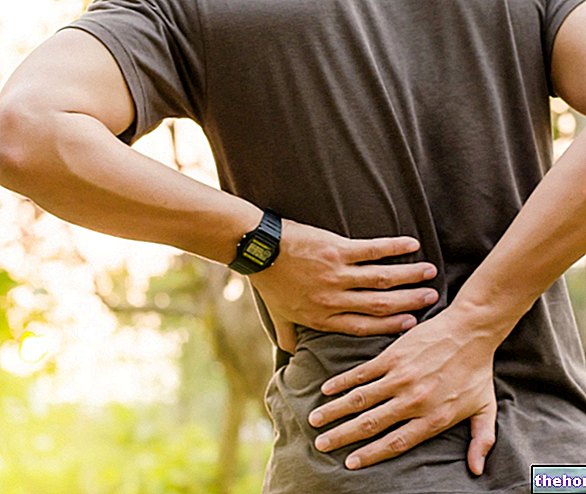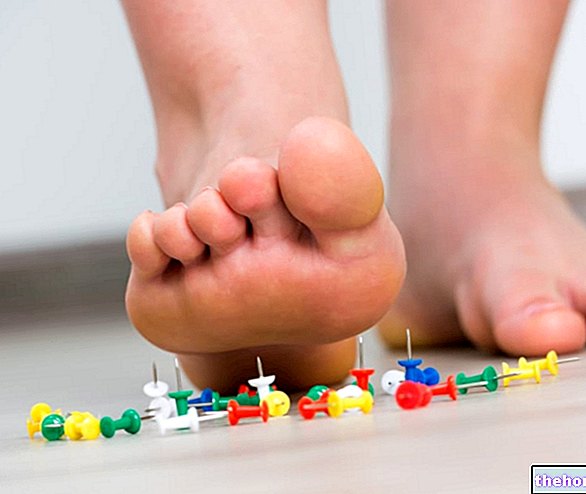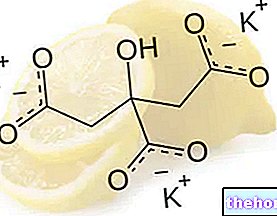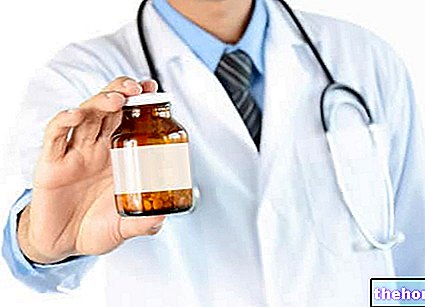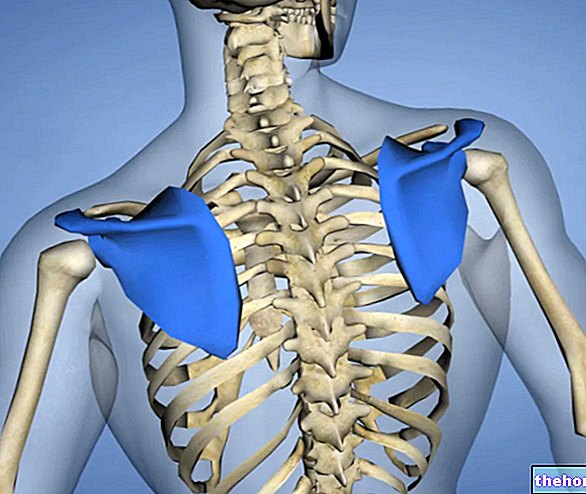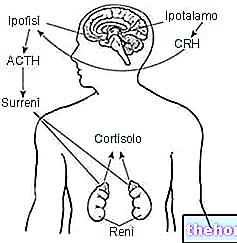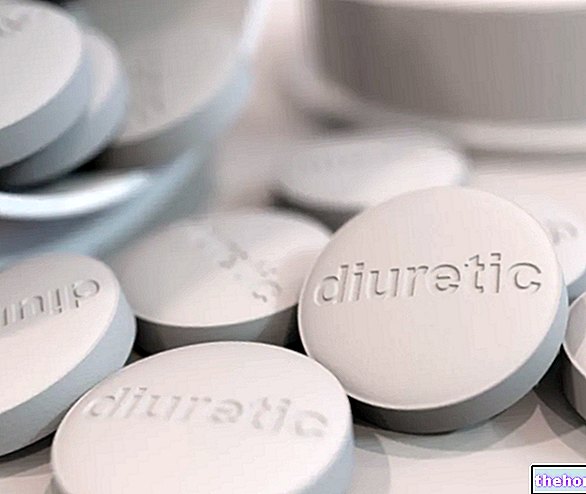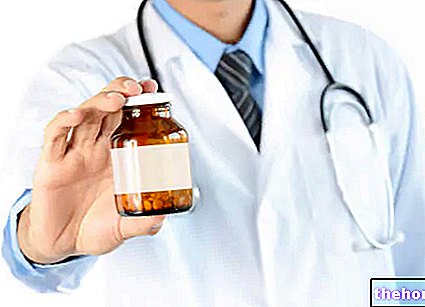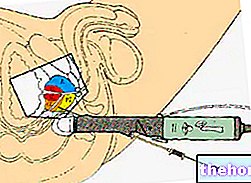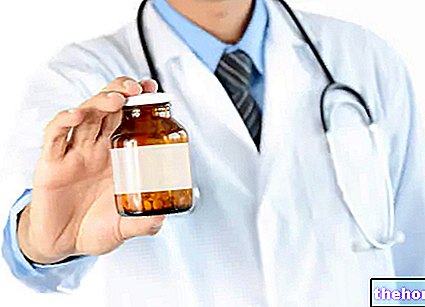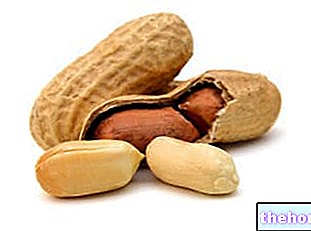By Doctor Nicola Sacchi - Author of the book: Drugs and doping in sport
On the basis of studies highlighting the crucial role of platelets in tissue repair, therapies are currently being tested that use platelet-derived growth factors in the treatment of soft tissue injuries of the musculoskeletal system, such as connective tissues such as tendons and cartilage, and muscle tissues This new therapy is seen as a possible solution to sports injuries, often subject to tendon problems, muscle and joint lacerations that sometimes cause long periods of inactivity and often never completely resolve.
The treatment in question, still to be optimized, consists of a series of localized injections on the injured tissue.
The healing process of an injured tissue is characterized by a cascade of events, triggered by the injury of the tissue itself, aimed at restoring its lost functionality.Growth factors play a central role in the healing processes, modulating the recruitment, duplication, activation and differentiation of the cells involved, and stimulating the anabolic processes necessary to generate intra and extra cellular components essential to the functionality of the damaged tissue. This observation is the basis for the use of platelet-derived growth factors in the treatment of damaged tissues.
The studies carried out so far on this topic are already different and show more than encouraging results. In fact, these researches show how this new therapy can in some cases also replace surgical interventions.
In some of these experiments on the use of growth factors in the treatment of tendon injuries, significant improvements in tissue repair were found, quantifiable in an increase in tissue formation of about 30%, also leading to an increase in tendon strength and a reduction of the pain of the injured areas in the following phases These beneficial results seem to be maintained even after some time, as checks carried out 18 months after the injections show that the treated subjects feel less discomfort.
It is also hypothesized that the repair mechanism may be indirectly favored by the rapid resumption of mechanical stimulation on the tissue itself, due to the use of the aforementioned growth factors which, by accelerating recovery, allow a more rapid restoration of the mobility and activity of the injured tissue. thus reducing the downtime.
These encouraging results are particularly important for the treatment of tendon injuries. In fact, it is well known that tendons have a low metabolic rate, this fact determines a slow recovery in case of injury; for this reason it is particularly interesting to have demonstrated how growth factors can stimulate tendon repair - thanks to an increase cellular activity on site, angiogenesis and a decrease in fibrosis responsible for tissue alterations that make injured tissues less efficient - thus reducing recovery times from tendon injuries by over 30%. In fact, most tendon pathologies are represented by tendinopathies, which can be cured by these new treatments. These forms of injury, as pathologies difficult to treat, with long recovery times, would greatly benefit from the development of this form of intervention.
Some studies have also been conducted on specific problems such as epicondylitis, also in this case local injections of growth factors have resulted in a rapid recovery from this particular injury, currently orphan of a real specific treatment.
The faster tissue repair can allow an athlete a quick return to full functionality and to compete in sports, therefore this innovative treatment is certainly an interesting development in sports medicine that will have a strong field of application in the not too distant future. in injuries caused by sports practice.
Bibliography
Aspenberg P, Virchenko O. Platelet concentrate injection improves Achilles tendon repair in rats. Acta Orthoped Scand. 75: 93-9, 2004.
Carpenter, T et al. Treatment of muscle injuries by local administration of autologous conditioned serum: a pilot study on sportsmen with muscle strains. Int J Sports Med, 2004. 25: 589-594.
Elizaveta Kon, Roberto Bnda, Ginseppe Filardo, Alessandro Di Martino, Antonio Timoncini, Annarita Cenacchi, Pier Maria Fornasari, Sandro Giannini, Maurilio Marcacci. Platelet-rich plasma: intra-articular knee injections produced favorable results on degenerative cartilage lesions Knee Surg Sports Traumatol Arthrosc. Sept 2009: 0940-8.
Filardo, G, Lo Presti M, Kon E, Marcacci M. 2010. Nonoperative Biological Treatment Approach for partial Achilles Tendon Lesion. Orthopedics 1; 33: 120-3.
Gaweda K. Treatment of Achilles Tendinopathy with Platelet RichPlasma. International Journal of Sports Med, June 2010.
Hammond, JW et al. Use of autologous platelet-rich plasma to treat muscle strain injuries
American Journal of Sports Med, 2009. 37: 1135-1142.
Kon E, Mandelbaum B, Buda R, Filardo G, Delcogliano M, Timoncini A, Fornasari PM, Giannini S, Marcacci M. Platelet-Rich Plasma Intra-Articular Injection Versus Hyaluronic Acid Viscosupplementation as Treatments for Cartilage Pathology: From Early Degeneration to Osteoarthritis Arthroscopy. 2011 Aug 8.
Nakagawa K, Sasho T, Arai M, Kitahara S, Ogino S, Wada Y, et al. Effects of autologous platelet-rich plasma on the metabolism of human articular chondrocytes Chiba and Ichihara, Japan. Electronic poster presentation P181. International Cartilage Repair Society Meeting, Warsaw Poland, October 2007.
Suresh SPS, Ali KE, Jones H. Medial epicondylitis: is ultrasound guided autologous blood injection an effective treatment? Br J Sports Med 2006; 40: 935-9 Surg. 119: 950-9, 2007.
Taylor M, Norman T, Clovis N, Blaha D. The response of rabbit patellar tendons after autologous blood injection. Med Sci Sports Exerc. 34: 70–3, 2002.
Virchenko O, Aspenberg P. How can one platelet injection after tendon injury lead to a stronger tendon after 4 weeks? Interplay between early regeneration and mechanical stimulation. Acta Orthop. 77: 806-12, 2006.
Wiegerinck JI, Reilingh ML, de Jonge MC, van Dijk CN, Kerkhoffs GM
Injection Techniques of Platelet-Rich Plasma Into and Around the Achilles Tendon: A Cadaveric Study. Am J Sports Med, April 19 2011.
Wu W, Chen F, Liu Y, Ma Q, Mao T. Autologous injectable tissue-engineered cartilage by using platelet-rich plasma: experimental study in a rabbit model. J Oral Maxillofac Surg 2007 Oct; 65: 1951-7.




